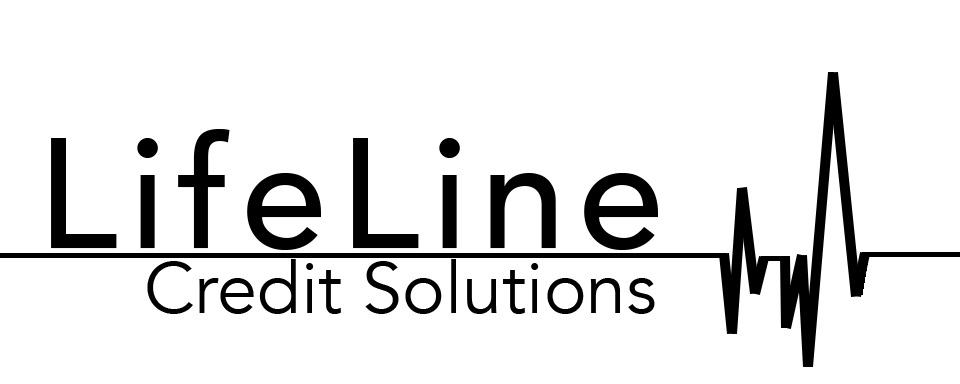CONSUMER CREDIT
The term consumer credit is exactly what it seems to be! Everyday people like you and me utilize consumer credit, as we are the average consumers. This credit is just your typical borrowing of money or goods, then you are charged a fee or finance in exchange for these services. This can be a serious resource of a debt building machine. Carrying credit means not having to save up for everything, as well as avoiding having to carry large sums of money around. This becomes dangerous as it takes up much of your future income as well as encourages overspending (since you are spending money you don’t even possess yet) (Notley, 2002). Under the large umbrella of consumer credit, there are two common types of credit, open-ended and closed-ended credit.
Open-Ended Credit
Open-ended credit is most regularly used in the form of credit cards, whether that be provided by a bank or by a specific store. These revolving lines of credit are given a certain borrowing limit and you pull from this limit as you make purchases with the card. Typically you pay back a portion (or all) of the money you have spent on the card monthly. These lines of credit are much harder to keep track of how much money you have spent and how much you will owe at the end of the month. It is also harder to determine how much finance/interest charges you will be paying on top of your spending. (Notley, 2002).
Closed-Ended Credit
Closed-ended credit lines of credit are loans for a particular amount. You open these lines of credit when you pull out a loan for a home, car, or another major purchase. You pay off these with a specific payment period, number of payments, and payment amounts. These loans are easy to predict exactly how much you will be paying in the long run (both borrowed money and interest) Although, your interest rate will be different depending on the state you live in, your credit score, and more. You are obligated to make your payments on these loans during the on-time according to the conditions you agreed to at the time of getting the loan. Or else late payments could damage your credit score and cause you to fall behind. (Notley, 2002).
Quick Tip- Your monthly debt payment should not be over 20% of your monthly income.
Notley, S. (2002). Credit solutions: Proven strategies to establish and re-establish your credit. The Manning Group
If you ever have questions, contact us - your expert consultants.
—
Solutions Team
